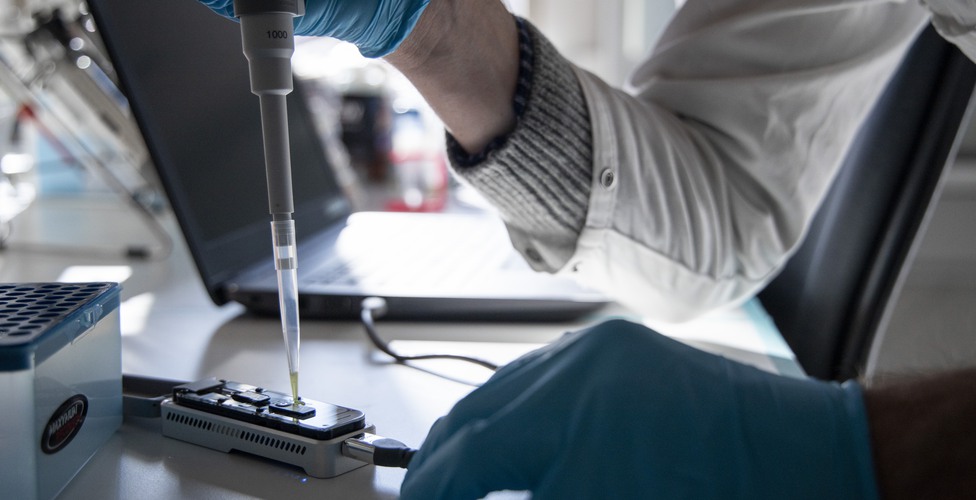Researchers who engage with the wider community are able to facilitate an exchange of knowledge that can have a major impact on society. Gustav Holmgren at the University of Skövde is one such researcher. He has developed a test model in collaboration with the company Takara Bio, and his research is now being used as a tool to try to cure diseases and to test new pharmaceuticals.

Gustav Holmgren is a researcher at the School of Bioscience at the University of Skövde, and received his PhD in 2016. He is currently putting his theoretical research into practice, working in close collaboration with Takara Bio, which is a company in Gothenburg that develops human stem cells with the aim of being able to cure diseases.
Safer and faster pharmaceuticals
“As part of my research, and by working closely with Takara Bio, I have been able to develop relevant test models for new pharmaceuticals. These models help to make the development of new pharmaceuticals faster, safer and cheaper. By making the process more efficient, we can detect whether there are any problems with a potential pharmaceutical at an earlier stage, so the research ultimately has a very positive impact on the patient. The patient experiences fewer unexpected effects from the product, and potentially curative pharmaceuticals can reach the patient more quickly”, explains Gustav Holmgren.
In his research, Gustav uses cell-based models (known as ‘in vitro models’) from human stem cells to study the toxicity of substances. Takara Bio provides heart muscle cells as a commercially available product, and Gustav used these cells as a model system in order to mimic pharmaceutical-induced toxicity.
Research with great potential
“We see an enormous potential in this type of research. In simple terms, it involves developing cells in order to actually cure a condition or to restore a bodily function that has been lost. Research is an essential element in the development of new pharmaceuticals, and it is crucial that we in the industry incorporate the research into our normal processes when we test and develop new products and methods. Collaboration with researchers like Gustav is very important to us”, says Catharina Brandsten, who is Director of Business Services at Takara Bio in Gothenburg.
Gustav regards the collaboration with Takara Bio as a successful interaction, where the dialogue between researchers and companies enables the methods to be tested in parallel as they are being developed. This makes for a fast and efficient process, while also providing the researcher with scientific freedom:
“I have always been interested in biology and the human body, and I regard it as a challenge to observe what happens in different processes with regard to toxicity. The ability to combine work in the lab with analytical work and bioinformatics is a successful combination for me”, says Gustav Holmgren.
New testing method means fewer animal tests
Another positive aspect of Gustav’s research is that new testing methods can reduce the use of old methods that are often costly and time-consuming, and that, in the case of animal testing, cause suffering to animals. Moreover, animals and humans are so different that much that is difficult to predict is missed by such tests.
Gustav Holmgren’s research is funded by the Knowledge Foundation, and he is currently part of the BioMine research project at the University of Skövde. BioMine’s research focuses on biomarkers, whereby models and large-scale biological data are used in order to find markers or ‘flags’ in disease processes, which in turn makes it possible to evaluate the risk of side-effects or diseases.
Understanding how the body is affected by medicine
“The work involved in understanding how a particular pharmaceutical product affects the human body can make a major difference to the patient. By being able to study how human cells, such as heart muscle cells from stem cells, are affected by a chemotherapy treatment, we can gain a greater understanding of how the heart is affected by the medicine and whether there is a risk of side-effects. So this research can actually reduce suffering and save lives”, explains Gustav Holmgren.
